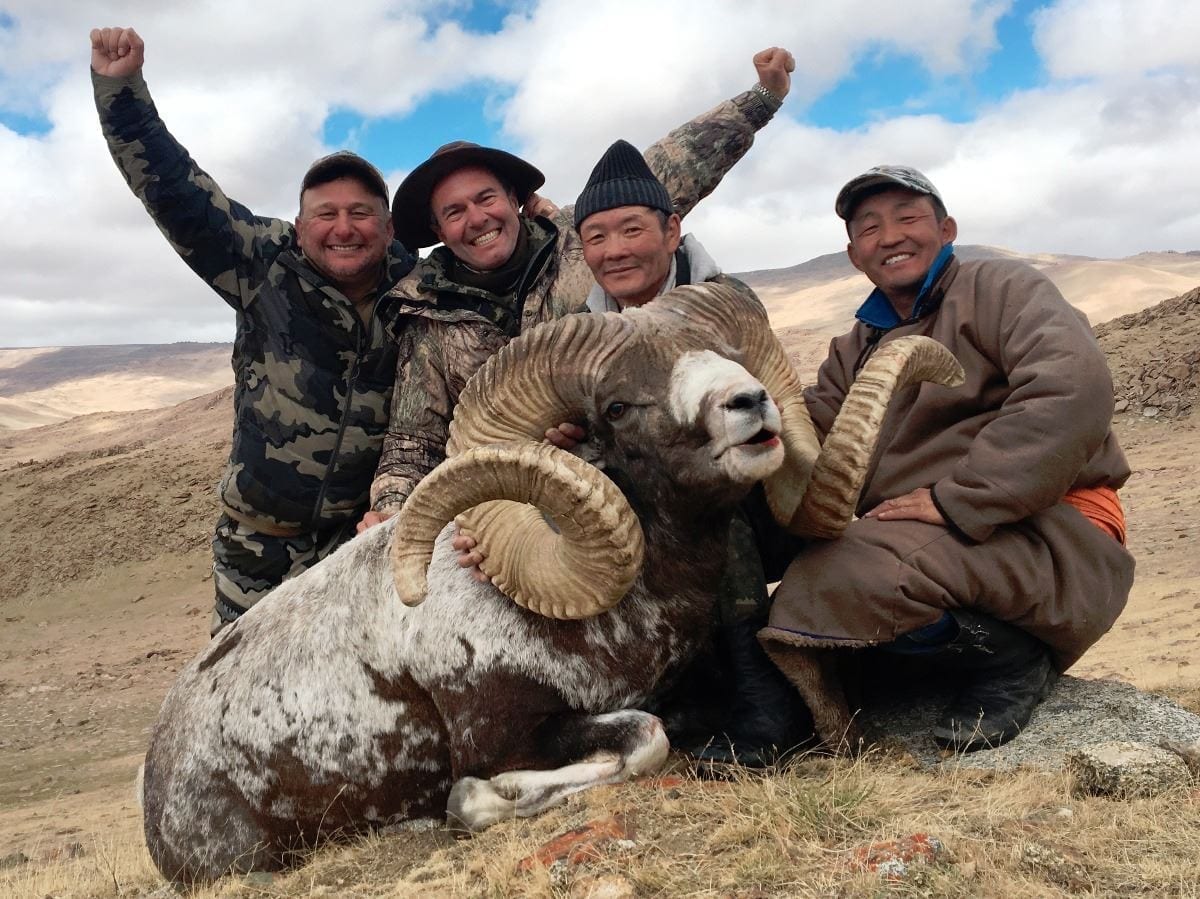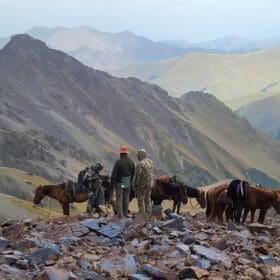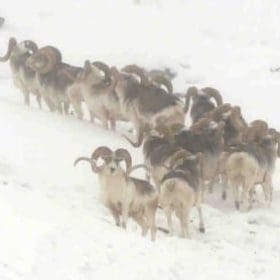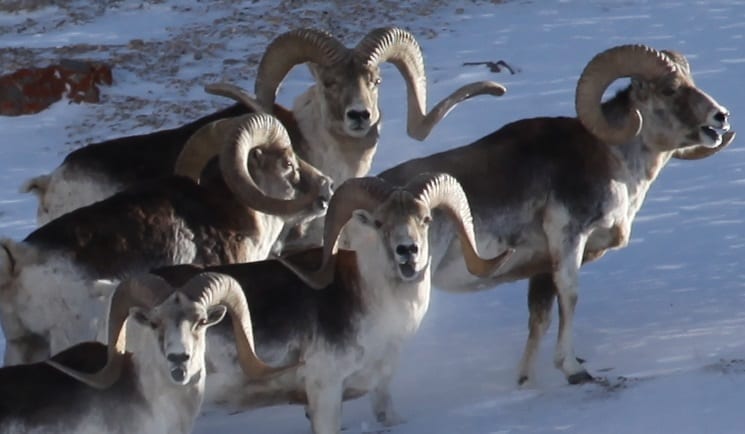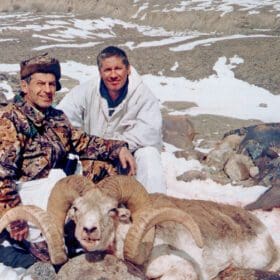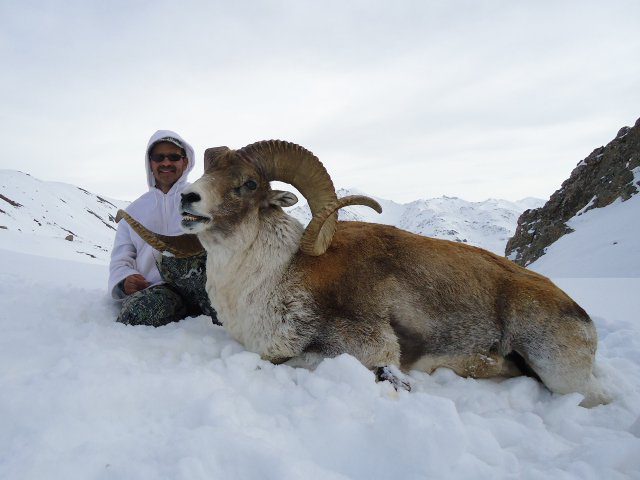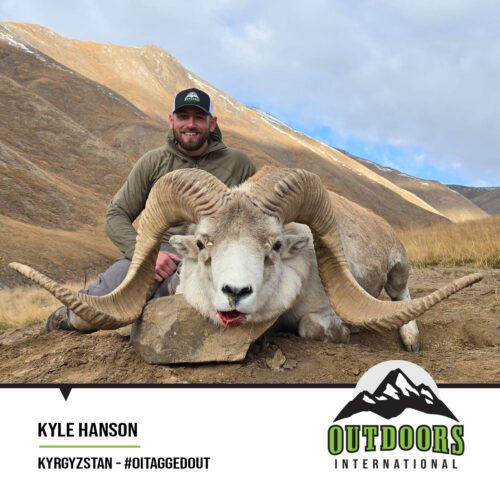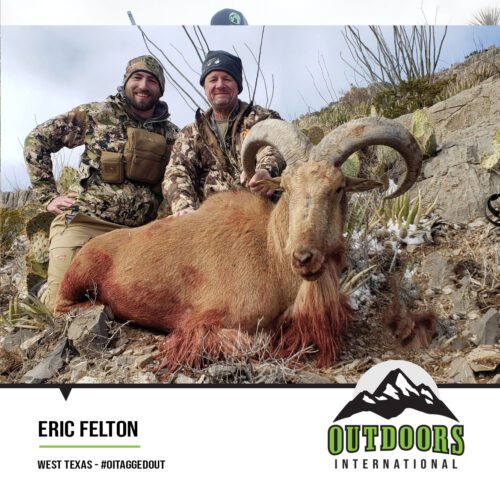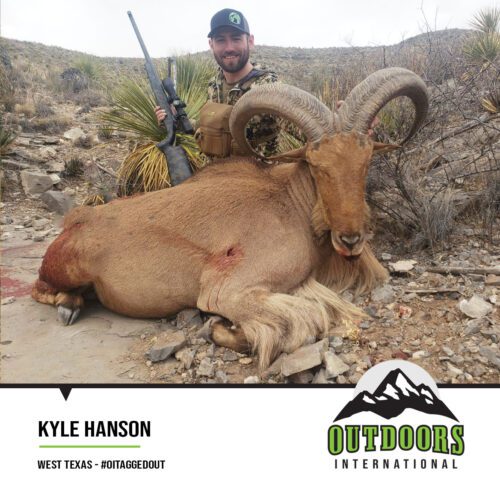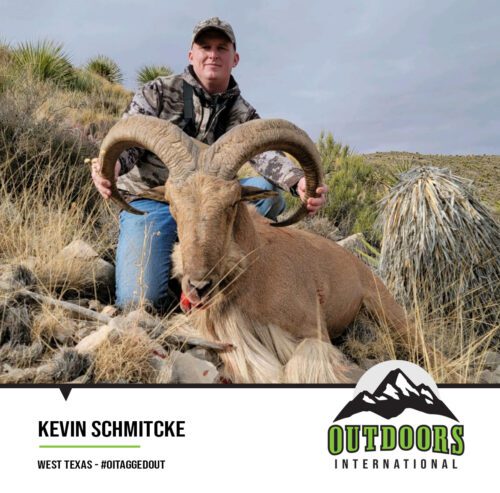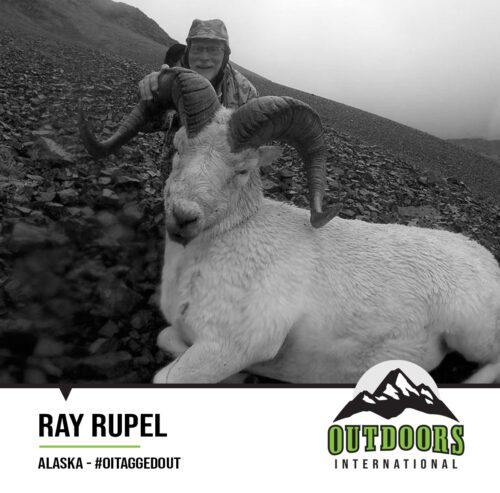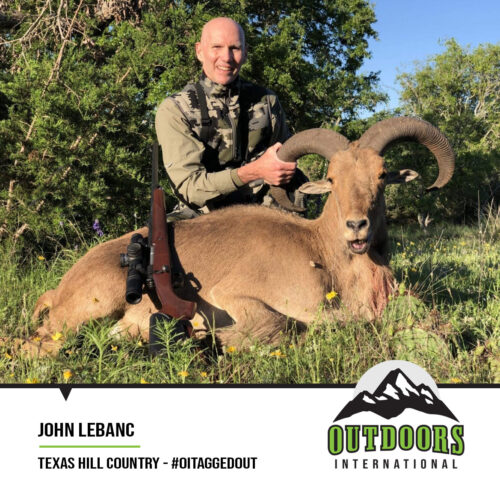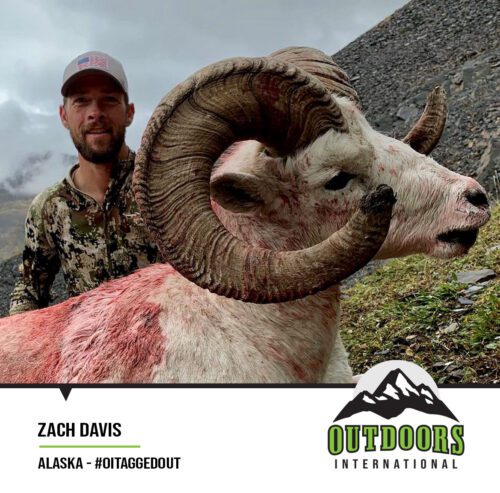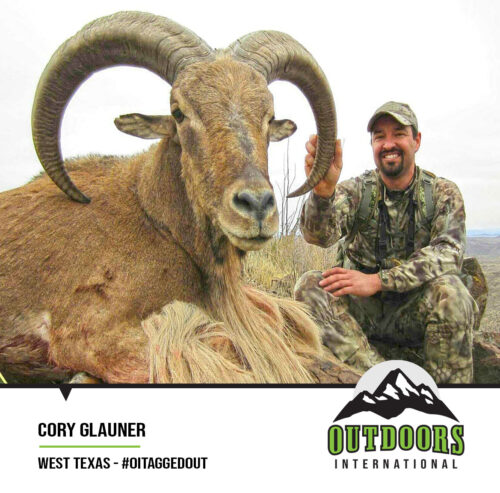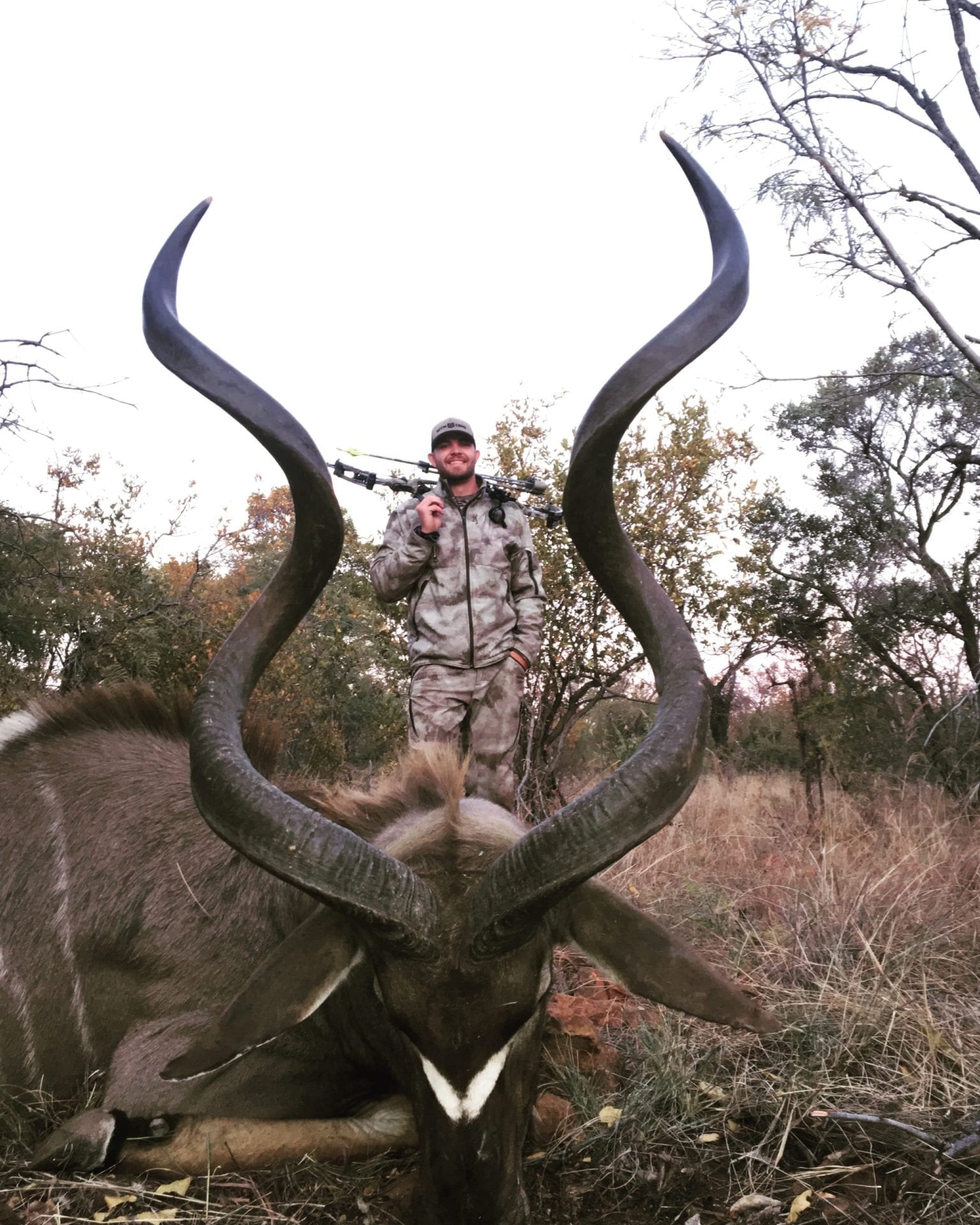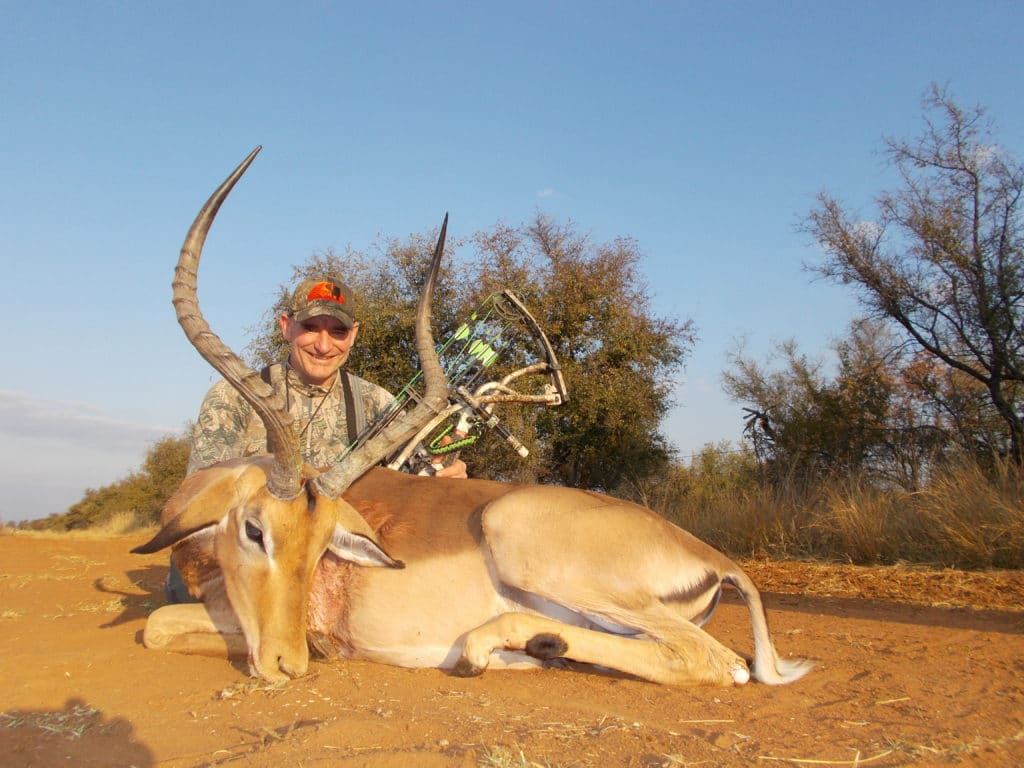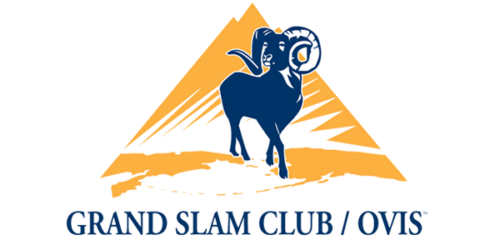Ask us about an argali hunt
The Argali is the Grandest of Wild Sheep
In appearance, an argali boasts a coat of light brown hue, accompanied by legs of pristine white and a distinct white patch adorning its rump. Notably, both male and female argalis possess horns, yet those adorning the males are strikingly larger and more imposing, constituting up to a remarkable 13 percent of their overall body mass. Furthermore, an additional distinction adorns the male argali—a ring of ivory hair encircles its neck while a remarkable crest embellishes its dorsal line, further amplifying its already impressive countenance. All subspecies of argali sheep are native to the highlands of central Asia,
It was William of Rubruck, a monk dispatched to Mongolia, who became the first European to provide an account of the argali back in 1253. Describing them as creatures bearing the physique of bears merged with the magnificent horns of rams, William’s depiction initially met with skepticism among Europeans. It was not until 1838 when John Wood dispatched a collection of horns from Afghanistan to the esteemed Royal Society in England that doubt was dispelled, finally acknowledging the existence of a sheep surpassing the magnitude of a cow.
Argali Range
 Within the realm of central Asia, the argali finds its habitat, spanning from the western reaches of central Kazakhstan to the eastern bounds of China’s Shanxi Province, and from the northern foothills of the Altai Mountains to the southern reaches of the Himalayas. These majestic creatures primarily inhabit steep slopes situated at elevations exceeding 12,000 feet. Remarkably, adult males demonstrate a preference for optimal vegetative habitats, which tend to be more exposed compared to the territories favored by younger rams and ewes. As the summer months usher in an abundance of sustenance, the argali, as one collective entity, ascends to greater altitudes.
Within the realm of central Asia, the argali finds its habitat, spanning from the western reaches of central Kazakhstan to the eastern bounds of China’s Shanxi Province, and from the northern foothills of the Altai Mountains to the southern reaches of the Himalayas. These majestic creatures primarily inhabit steep slopes situated at elevations exceeding 12,000 feet. Remarkably, adult males demonstrate a preference for optimal vegetative habitats, which tend to be more exposed compared to the territories favored by younger rams and ewes. As the summer months usher in an abundance of sustenance, the argali, as one collective entity, ascends to greater altitudes.
As grazers, argalis engage in their daily activities during daylight hours. Frequently congregating in herds consisting of 2 to 100 individuals, they exhibit a pattern of gender segregation, save for the fleeting mating season. Remarkably social creatures, argalis engage with one another in a calm and non-aggressive manner, with herd members dutifully trailing behind their peers. Seeking connections, these creatures often initiate contact with fellow argalis, displaying a unique camaraderie.
It is worth noting that argalis seldom employ their formidable horns for defense against predators. Instead, they prioritize evasion and swift flight as their primary strategies when confronted by looming threats. When struck by fear, an isolated argali may choose to remain motionless until the danger has passed—a striking contrast to their behavior when part of a herd, where a mere alarm sets them into motion, prompting immediate flight.
Mating Habits
Argalis embody a polygynandrous mating system, where both males and females engage in multiple partnerships. Dominant males mate with numerous females, overseeing their harem during the breeding season. Female argalis, presented with an opportunity, may choose to mate with multiple males, a circumstance that arises when shifts in male dominance occur or when a female departs to join another herd.
The ritual of mating transpires during the autumn and early winter seasons, culminating in a gestation period spanning 150 to 180 days. A female argali brings forth one, occasionally two, precocial lambs. In preparation for birth, females distance themselves from their herds, remaining separate for several days. During this period, the newborn lamb remains still, grazing only as the mother attends to her sustenance.
Weaning occurs around the four-month mark, at which point the lamb typically integrates into a social group comprising fellow young individuals. Females attain sexual maturity by the age of two, while their male counterparts reach this milestone by the age of five.


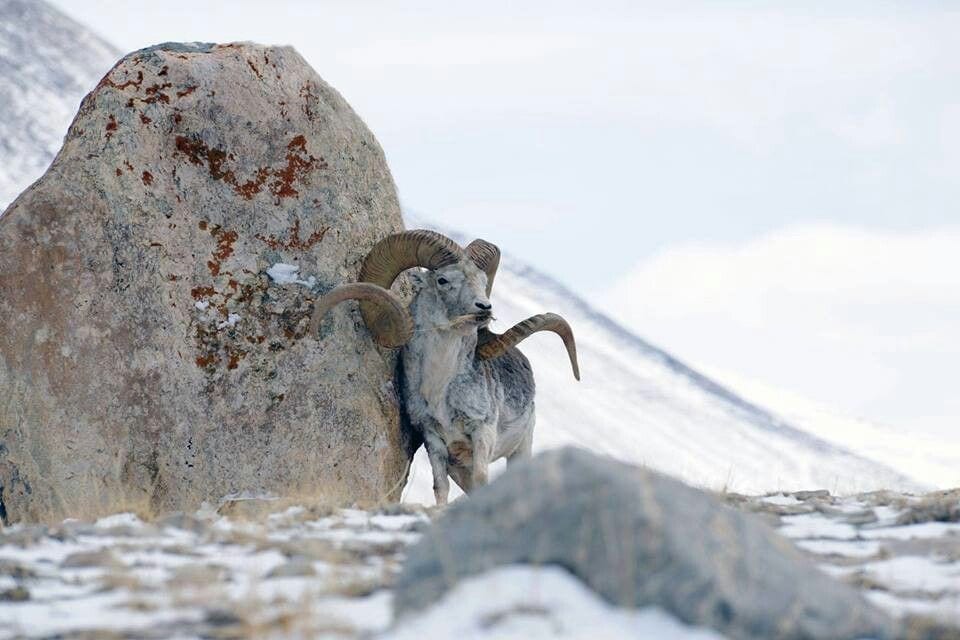
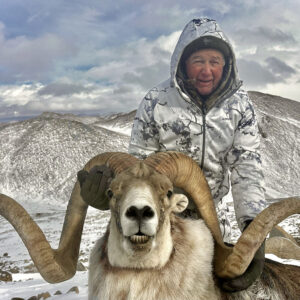
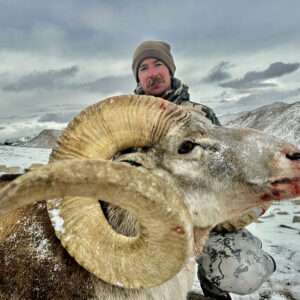
 Within the realm of central Asia, the argali finds its habitat, spanning from the western reaches of central Kazakhstan to the eastern bounds of China’s Shanxi Province, and from the northern foothills of the Altai Mountains to the southern reaches of the Himalayas. These majestic creatures primarily inhabit steep slopes situated at elevations exceeding 12,000 feet. Remarkably, adult males demonstrate a preference for optimal vegetative habitats, which tend to be more exposed compared to the territories favored by younger rams and ewes. As the summer months usher in an abundance of sustenance, the argali, as one collective entity, ascends to greater altitudes.
Within the realm of central Asia, the argali finds its habitat, spanning from the western reaches of central Kazakhstan to the eastern bounds of China’s Shanxi Province, and from the northern foothills of the Altai Mountains to the southern reaches of the Himalayas. These majestic creatures primarily inhabit steep slopes situated at elevations exceeding 12,000 feet. Remarkably, adult males demonstrate a preference for optimal vegetative habitats, which tend to be more exposed compared to the territories favored by younger rams and ewes. As the summer months usher in an abundance of sustenance, the argali, as one collective entity, ascends to greater altitudes.